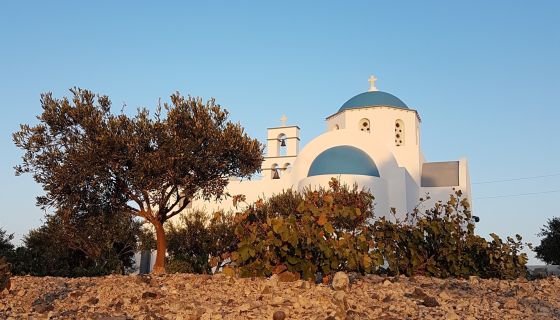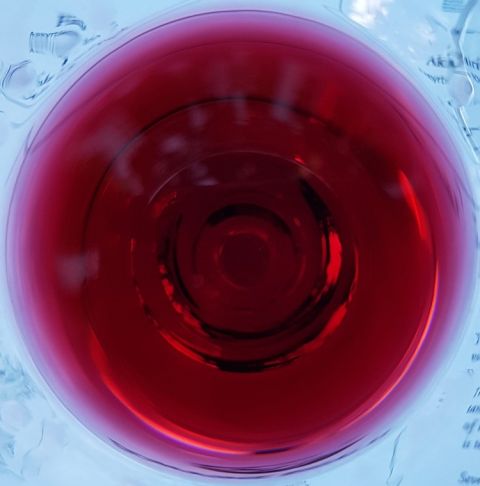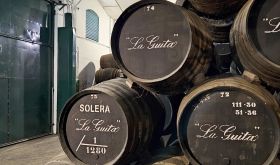2017 from €14.50, $23.94
2018 from €13.60, £20.70, 1,200 New Taiwan dollars
It’s sheer coincidence that almost exactly a year ago I came back from a trip to Greece smitten with the Sigalas Assyrtiko and made it wine of the week. Sigalas is back, but this time it’s red and this time it’s Jonathan Reeve’s fault. While the rain drummed on my study window, he was bombarding WhatsApp with annoying pictures of azure skies, tomato keftedes and way too many glasses of wine. Then he sent one from the tasting terrace of Sigalas, entitled ‘A wine you can lose yourself in’.
I may not have been sipping on the Sigalas Epta (Seven) in bright sunshine while nibbling on Cycladic cheeses with caper leaves, but this wine was sold by Maltby & Greek in London, which meant that my jealous heart could be (somewhat) assuaged by an online shopping trip and 48-hour delivery.
He was absolutely right. This is a gorgeous, scented red blend of 75% Mandilaria and 25% Mavrotragano from 60-year-old vines, vinified and aged for 18 months in oak barrels. With tannins supple as chamois-leather gloves, the acidity flashes with light and angles, like diamonds cupped in the palm. The fruit is ruby-jewelled. It is dark cherries and tobacco, a smudge of ground coriander and cinnamon adding spice to the sweetness. It has the tang of pomegranates and wild cherries.
Mandilaria, forming a greater proportion of the blend than in previous vintages, is a deeply coloured, lean, dry and tannic red variety from the eastern Aegean islands that is usually found in blends to tame its structure. Mavrotragano, making up just 2% of the Santorini vineyard and pretty much grown only on Santorini, means ‘black and crisp’. It is described in Wine Grapes as ‘starting to create a buzz’ and, according to the authors, having been recognised by the Slow Food movement as worthy of protection, is now one of the most expensive varieties in Greece. It has ‘fierce tannins’ that require careful handling.
What’s immediately notable about this elegant, deeply moreish glass of wine is its translucent colour, despite being a blend of two anthocyanin-rich varieties. The next surprising and remarkable thing is the tannin/fruit balance – showing symmetry and beautiful proportion. You’d think that with two dark, tannic varieties the only wine you could possibly make would be very dark and very tannic. But somehow Sigalas has tempered those fierce tannins. This is so juicy and scrumptious that you could almost forget to eat.
Not that you want to. Jonathan thinks it’s the perfect game wine. Game season, for those in the UK, kicked off on 12 August for grouse and runs until 1 February for pheasant. It would tuck in very nicely with rare venison tenderloin in a blackberry sauce or pancetta-wrapped pheasant. But if you don’t have access to tweeds and a shotgun, lamb shoulder in pomegranate juice would be a cracking match. So would imam bayildi. I can categorically affirm that biltong was a pretty awesome pairing, so it would logically follow that bresaola and other cured meat (especially beef or game) would be great.
The 2018, which is the vintage I tasted, is available in Germany, Greece, Taiwan and the UK. The 2017 and older vintages are widely available in the US (New York, California, Florida, New Jersey and Washington) and Greece, as well as Italy and Belgium. When Julia tasted the 2014, she gave it a drinking window of 2017–2021, so you certainly can’t go wrong if you can only get hold of a 2017 or even a 2014.
















